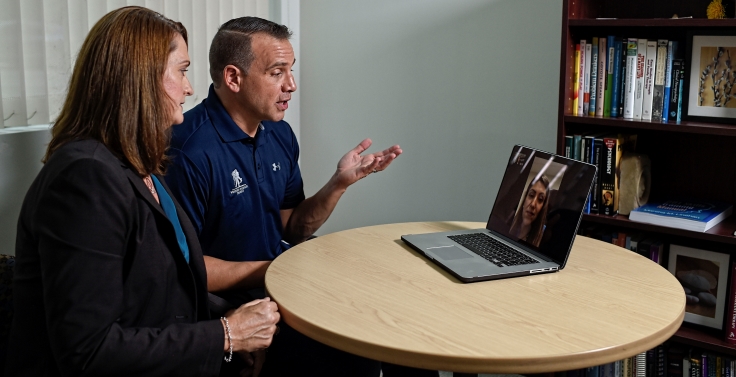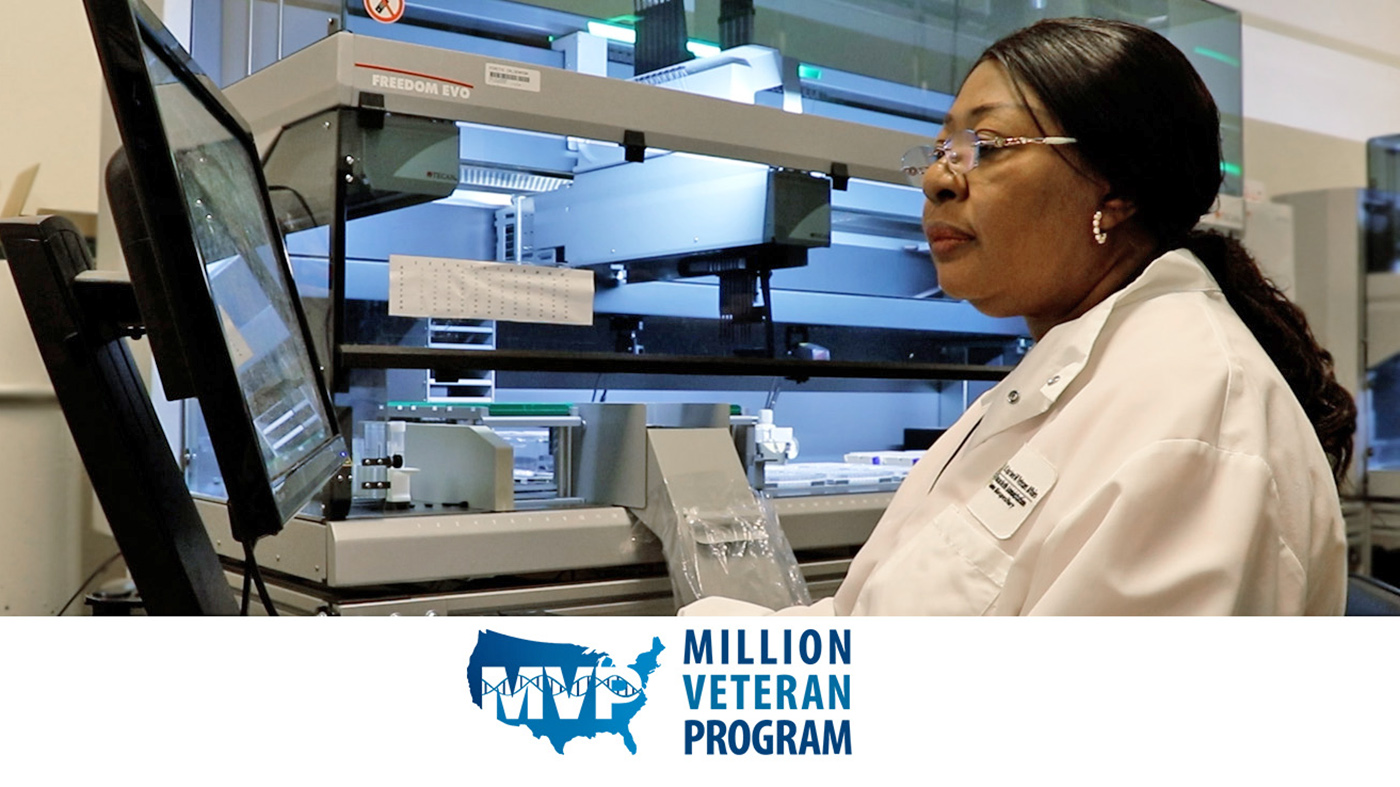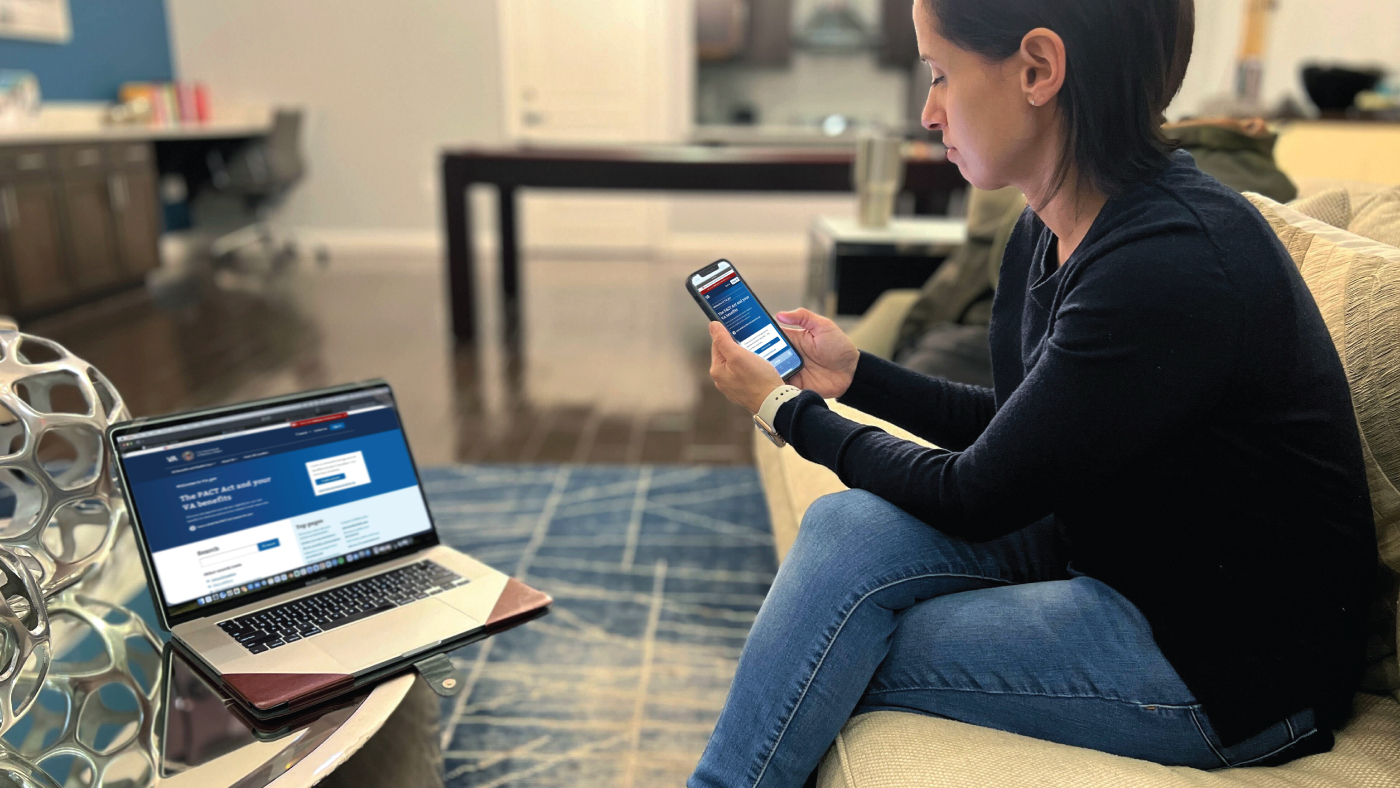It’s an honor to be a part of this year’s Brain Trust event and present on the collaboration involved in Warrior Care Network between Wounded Warrior Project® (WWP) and VA.
During my career, I’ve been fortunate to work with VA on a number of occasions and at a variety of levels. Just for a bit of background: I joined the Army as a 17-year-old private, and some 32 years later, I retired as a lieutenant colonel in the Medical Service Corps. I last served as the director of the Disability Evaluation System for Army Medicine where I had the opportunity to work hand-in-hand with VA. From 2010 to 2012, I also commanded the Warrior Transition Battalion for Europe, where we provided complex care and transition services for soldiers and their families, and VA played a crucial role.
During my last 15-month deployment to Iraq, I was responsible for the coordination of all patient movement in and out of Iraq – witnessing firsthand the wounds and injuries our warriors suffered – fully realizing the Department of Defense (DoD), VA, and others, including nonprofits, need to be more closely aligned to better care for our nation’s sons and daughters upon their return home and transition from the military. I have had the distinct pleasure of working with VA for some time now – and in my current role as a WWP vice president leading our mental health programs, of which Warrior Care Network is one such program, I am again working very closely with VA. We are making a difference, and part of that is developing and enhancing partnerships and our collaborative efforts.
Brain Trust is another shining example of VA’s commitment to the public-private sharing of information and best practices. It’s great to be working so closely with VA and their dedicated staff as WWP honors and empowers our Wounded Warriors and their families with life-saving WWP programs. WWP provides support and services for mental health, physical health and wellness, career and benefits counseling, connecting warriors with one another and their communities, and long-term care for the most seriously wounded – at no cost to our warriors or their families.
WWP worked with VA on a multitude of programs, policy initiatives, and benefits since our inception some 14 years ago. Our most recent collaborative efforts involve VA and our Warrior Care Network. Our partnership is intent on improving the warrior journey through Warrior Care Network. The overall programmatic impact of the collaborative efforts between Warrior Care Network and VA is amazing, and the positive effect is greater than we initially imagined.
But why the need for Warrior Care Network?
Invisible wounds of war are the signature injuries facing this generation of Veterans and their families. An estimated 500,000 of these Veterans live with symptoms of post-traumatic stress disorder (PTSD), and another 300,000 suffered at least one traumatic brain injury (TBI). This staggering need for care is a national public health challenge that we must address collectively, and it will take us all – VA, DoD, for-profit, philanthropy – working together toward a common goal – to heal the invisible wounds of war.
WWP leads a collaborative clinical effort between WWP and four of our nation’s top academic medical centers (AMC): Emory University’s Veterans Program in Atlanta; Rush University’s Road Home program in Chicago; Home Base, a Red Sox Foundation and Massachusetts General Hospital Program in Boston; and UCLA Health’s Operation Mend program in Los Angeles. WWP and our AMC partners make up Warrior Care Network. VA also plays a critical role in the success of our collaborative efforts. VA liaisons, located at each of our AMCs, facilitate a seamless transition from VA care to Warrior Care Network and then back to VA for the continuation of care.
Our public-private collaboration is showing results.
In the past 15 months, Warrior Care Network treated more than 1,000 warriors and family members. This treatment includes a two- to three-week residential Intensive Outpatient Program (IOP) in a cohort structure, as well as traditional outpatient therapy. Other than the collaboration, data sharing, and implementation of best practices between WWP, VA, and the four AMCs, we are finding that the cohort-style IOP is our most innovative and impactful method of treating and healing PTSD. During the IOP, warriors receive an average of over 77 hours of therapy.
These direct clinical therapy hours include group and individual therapy, virtual reality, cognitive processing therapy, prolonged exposure, alternative therapy, sleep studies, mindfulness training, and more. The ultimate goal is that our warriors use these newly acquired skills for coping at home. Warriors also form strong bonds with fellow Veterans in their cohort that last long after leaving treatment.
How do we know if our program is healing invisible wounds?
Initial outcomes from the IOPs are extremely promising. Warrior Care Network uses six clinically validated scales to measure the effectiveness of treatment for PTSD, depression, TBI, resiliency, and quality of life – and the results are encouraging in virtually all of them. As one example, according to the results from the PCL-5 (PTSD Checklist-5), most warriors presenting with severe PTSD before treatment show significant clinical improvement to moderate and sustain that improvement 90 days later. This level of impactful improvement holds true for warriors with moderate and even mild levels of PTSD.
Warrior Care Network is designed to improve resiliency and psychological well-being, break down barriers to care, increase access to world-class care, and reduce the stigma associated with mental health for our warriors and their families. It is our innovative and collaborative approach to treating the signature wounds of this generation that is making a real difference.
As one warrior mentioned in a recent interview with WWP: “When you are pinned down in combat, do you call for air support or just think you can do it on your own?” Let WWP and Warrior Care Network in collaboration with VA be your air support as we heal the invisible wounds of war.

Topics in this story
More Stories
Seven U.S. Army soldiers, one Army Reserve soldier and two Veterans are representing Team USA at the 2024 Olympic Games in Paris, which begins today.
The findings of this new MVP study underscore the importance and positive impact of diverse representation in genetic research, paving the way for significant advances in health care tailored to Veteran population-specific needs.
VA reduces complexity for Veterans, beneficiaries, and caregivers signing in to VA.gov, VA’s official mobile app, and other VA online services while continuing to secure Veteran data.







I have severe PTSD and TBI. It’s hard for me for the last 3 years I have not gotten the proper care, here at the Albuquerque VA hospital. There are times I got so depressed I wanted to end my misery of life. My old PC wanted to take away my Clonazepam from me, until I made a big stink about it. I have been through over 20 surgeries, and I have multiple hardware in my body. That same PC wants to stop my Oxytocin. I’m on several medications for a lot of different problems. I went through an explosion and it’s hard not have all the medications to help me live on a daily basis. I have never abuse my medications. Albuquerque VA hospital needs an adjustment, badly.
Hi,
I would like to conduct an interview through email with Mr. Mike Richardson for our quarterly publication at usvh.org. Please email me if this is possible. Thank you.
This is the beginning of the privatization of the VHA, real help comes within the VA system instead of lining the pockets of people who say they want to help but really are looking at making money at the veterans expense.
I would like to know what they’re doing for the marine’s at camp Lejeune. Why should it matter if you have cancer. They posoin ed a lot of marine’s in twenty years .I don’t think its right what they’re doing we served just.like the rest. It could take yeArs for anything to show up .why doesn’t Mr Trump look in to this .I hope I sleek for all the armed forces for what the government is doing to us .put us on ships with asbestos on ad water .Allyou should have to do is show that you where there at the time all this paperwork you have to file and they turn you down anyway .Think how many people who have doeed already from the thing that the government hides from are men and women who served in the service.
Larry WHITE USC at camp Lejeune at the time all this toke ace.
Something still needs to be done about women suffering sexual harassment. These females veterans and active duty are threatened if they report and ruin a good mans career. They cause mental abuse also. Women are not wanted in fields and on ships. Women should not be out on a ship where she has no place to go and no defense.
Suicide by hanging of a veteran is a devastating. My bright proud hard working niece was treated so dis respectful by her woman hating CO. I will never get over this. I am a veteran. No one from her unit reported her missing to NCIS.
Her death will not be forgotten or swept under the rug.
The VA should not be profit driven. FIX the VA we need more funding not profits for some middle man that’s the problem.
Why won’t you help the widow of a PTSD soldier ? He was so sick he shot himself when he returned from Vietnam and his illness became worse from there.. He destroyed every thing he came in contact with to include both sides of my ribs broken. Our home cut to shreds , too much to tell you here. I am a nurse and saved his life the first gun shot , but as he got sicker he got more determined and 20 years later of living in hell he shot him self in the head. If you need more information then call me. I went to see a Doctor three times to get help.
Are we doing anything with brain research on these traumatized brains once deceased?
Yes. It looks like VA has partnered with BU for post mortem brain research:
http://www.bu.edu/cte/our-research/brain-bank/
Someone needs to educate the multi-trauma unit at the Hampton VA hospital about TBI. They sat in the office and told me and my husband there were no tests to determine if he had TBI and that there were no long term effects from having brain injuries in combat. So we are paying out of pocket for testing with a civilian Dr. To get to the bottom of the issues he is having and figure out what if anything we can do to help him.
Amyloidosis as a result of Agent Orange exposure. On of the side effects is anxiety and possible depression. Also lower energy levels.
This is not as visible as PTSD but the changes in living your life are very real. Will this be included in your studies?